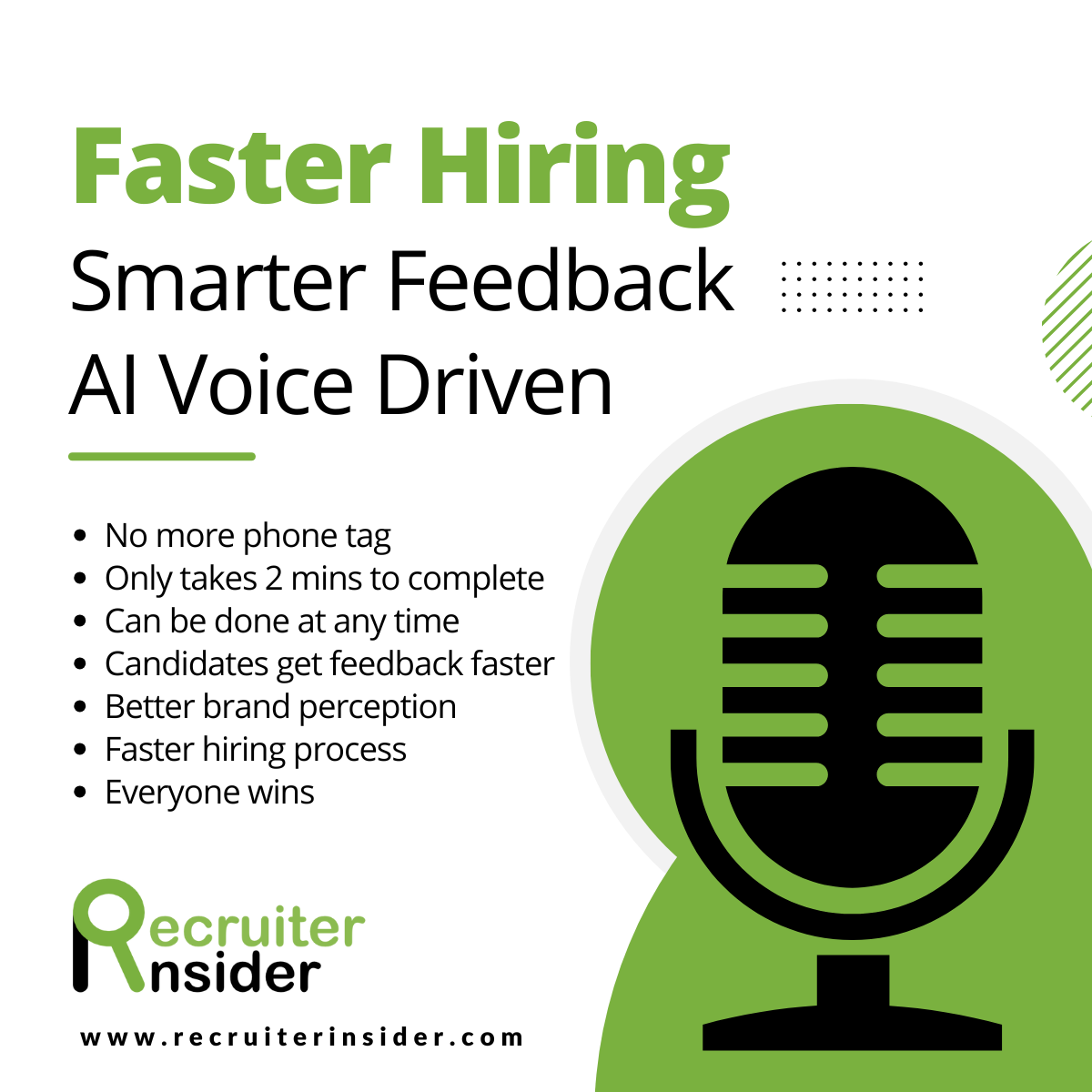The Hidden Cost of Low Fill Rates
It’s easy to see fill rate as just a performance stat. A number on a dashboard. But when fill rates are low across a team or an agency, the impact goes far beyond that. There are hidden costs and they add up fast.
The workload problem most agencies miss
Our whitepaper data shows that consultants in the bottom quartile for fill rate were working 1.6 times more jobs than those in the top quartile, yet they filled fewer roles.
This isn’t a case of not working hard. It’s a case of working inefficiently. These consultants:
- Spend time on poorly qualified jobs
- Repeatedly chase unresponsive clients
- Struggle with candidate disengagement late in the process
In contrast, top-quartile consultants work fewer roles, fill more of them, and experience less drop-off and admin waste.
The commercial hit
The financial difference is real. Let’s say a consultant is working 100 roles per year:
- At a 30% fill rate, they make 30 placements
- At a 50% fill rate, they make 50 placements
Assuming an average fee of £7,500, that’s a difference of £150,000 per consultant, per year.
And that’s before factoring in:
- The opportunity cost of time spent on dead jobs
- The damage to brand from poor candidate experience
- The client churn caused by inconsistent delivery
Low fill rates don't just slow growth, they shrink margin.
The internal fallout
Low fill rates also have a silent impact on your team:
- Consultants become frustrated chasing roles that don’t convert
- New hires struggle to ramp when they inherit poor job pipelines
- Managers spend more time troubleshooting process breakdowns than coaching performance
All of this affects culture, retention, and long-term productivity.
What Recruiter Insider reveals
With Recruiter Insider, you can:
- See which clients and job types consistently underperform
- Track consultant behaviour patterns that lead to drop-off or delays
- Quantify the skill gaps linked to low fill rates such as time management, client control, or candidate communication
You’ll also see where top performers behave differently and can replicate those habits across the team.
For example, in our research:
- Consultants in the top fill rate quartile scored 38% higher on “explained timeframes clearly”
- Jobs where clients gave low feedback scores had 35% lower fill success
- Candidate satisfaction above 8/10 correlated with a 26% higher fill rate
The takeaway
A low fill rate isn’t just a stat, it’s a signal. It tells you where time is being wasted, where consultants need support, and where client expectations are misaligned.
Fixing it unlocks more revenue, better productivity, and stronger client and candidate relationships.
Recruiter Insider gives you the data to see it clearly and the tools to act. Get a demo here to check it out










